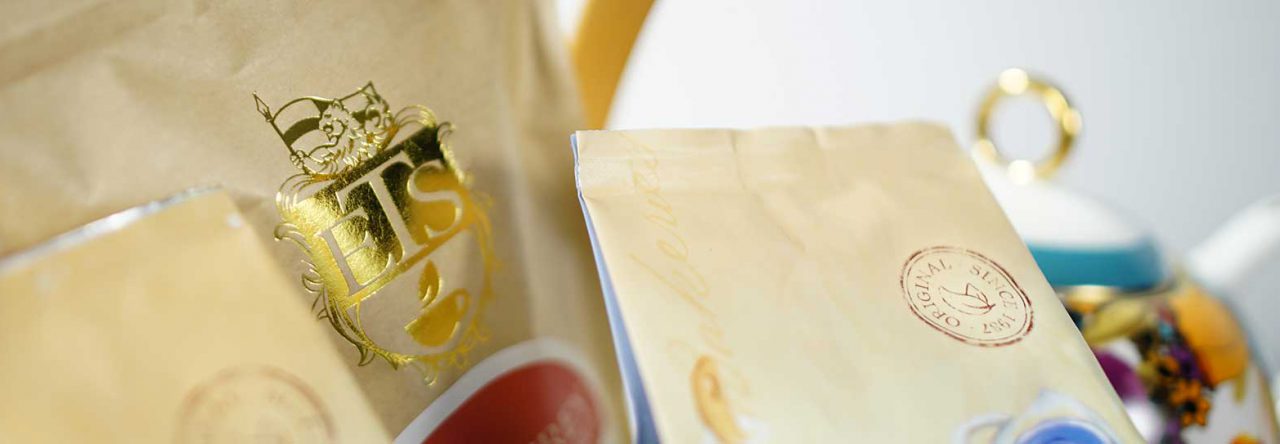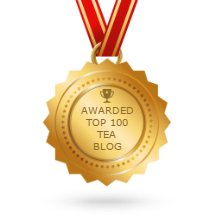
Quickly becoming a stand-out among teas, Oolong is a true tea phenomenon. When many people think of tea, they think of a black tea blend, the kind that comes in most bagged teas available commercially. As they hear more of the health benefits of tea, they learn about green tea and try some of that. But Oolong is a tea that is in-between these two.
Oolong tea is a semi-oxidized tea, meaning that the tea leaves are allowed to ferment (or oxidize) for a short period before the leaves are pan heated to halt the process. From this point, the tea is processed in different ways to create a wide variety of tastes.
The three main classes of Oolongs are:
- Formosa Oolong from Taiwan— smooth, medium-bodied, subtly tasting of ripe fruit; the liquid is golden amber.
- Wu-yi Oolong from China — lighter in color than Formosa Oolong, with a tinge of green in the amber “liquor” and a floral flavor.
- Tie Guan Yin from China — not as dark as Formosa Oolong, with a floral flavor. (I got to try a splendid one recently.)
Oolongs of Fujian Province in China
These teas are traditionally oxidized more and baked longer at higher temperatures than Taiwan oolongs. They produce a rich, full-bodied tea “liquor” with little astringency. Each has its own flavor, with the best of them often described as rich, mellow, and having a floral aroma, particularly orchids, and a fruity aftertaste akin to ripe peaches.
Some mainland oolongs:
- Rougui (Chinese Cassia)
- Shuixian (Water Sprite)
- Da Hong Pao (Big Red Robe) probably the rarest (made with leaves from just one ancient tea tree, very little is produced each year)
- Xiao Hong Pao (Small Red Robe)
Tie Guan Yin Oolongs of China
Originating in the Anxi County in Fujian, these teas produce a mellow, smooth flavor and golden liquid. If you are trying to break away from drinking coffee, these teas are a wonderful transition for you. The well-known flavor characteristics are a result of the leaves being rolled into a ball shape during processing, after which they are baked at medium-high temperatures.
Fenghuang Dancong (Phoenix Select) Oolongs of China
From the Guangdong Province, this tea is made of leaves harvested from single trunk trees grown on Phoenix Mountain, where workers have to use ladders or climb the trees to reach the leaves. The leaves are twisted and brownish in color. They stand up to several infusions, producing an aromatic, amber tea “liquor.” Flavors range from almost woody to slightly bitter or astringent on the first infusion.
Signature Oolongs of Taiwan
There are over 100 different varietals of the tea bush (Camellia Sinensis) cultivated around the island and used to produce popular oolong-style teas such as:
- Jinhsuen — a wide type of leaf used in High Mountain tea
- Szjichuan — used for many Jade Oolongs
- Wenshan Baozhong — with a light infusion, floral aroma, and gentle aftertaste
- Tie Guan Yin — sometimes scented with osmanthus flowers; rich and flavorful with an aftertaste that sweetly lingers
- Oriental Beauty (unique to Taiwan) — a medium-bodied tea “liquor,” floral aroma, a rich aftertaste of honey and peaches, with the best grades not being baked
- Tung ting (Frozen Peak) — medium-bodied, smooth, a lingering aftertaste that’s mildly sweet
This will give you a place to start exploring the wonders of Oolong teas. Whether you want to switch from coffee to tea drinking, are seeking the health benefits of these wonderful teas, or just want a new tea experience, you can’t go wrong with any of the ones listed here. So…
…pick an Oolong…any Oolong…and you will be in for a taste treat that will make your mouth very happy. Enjoy!
Learn more about tea on A.C.’s blog, Tea Time with A.C. Cargill!



Leave a comment